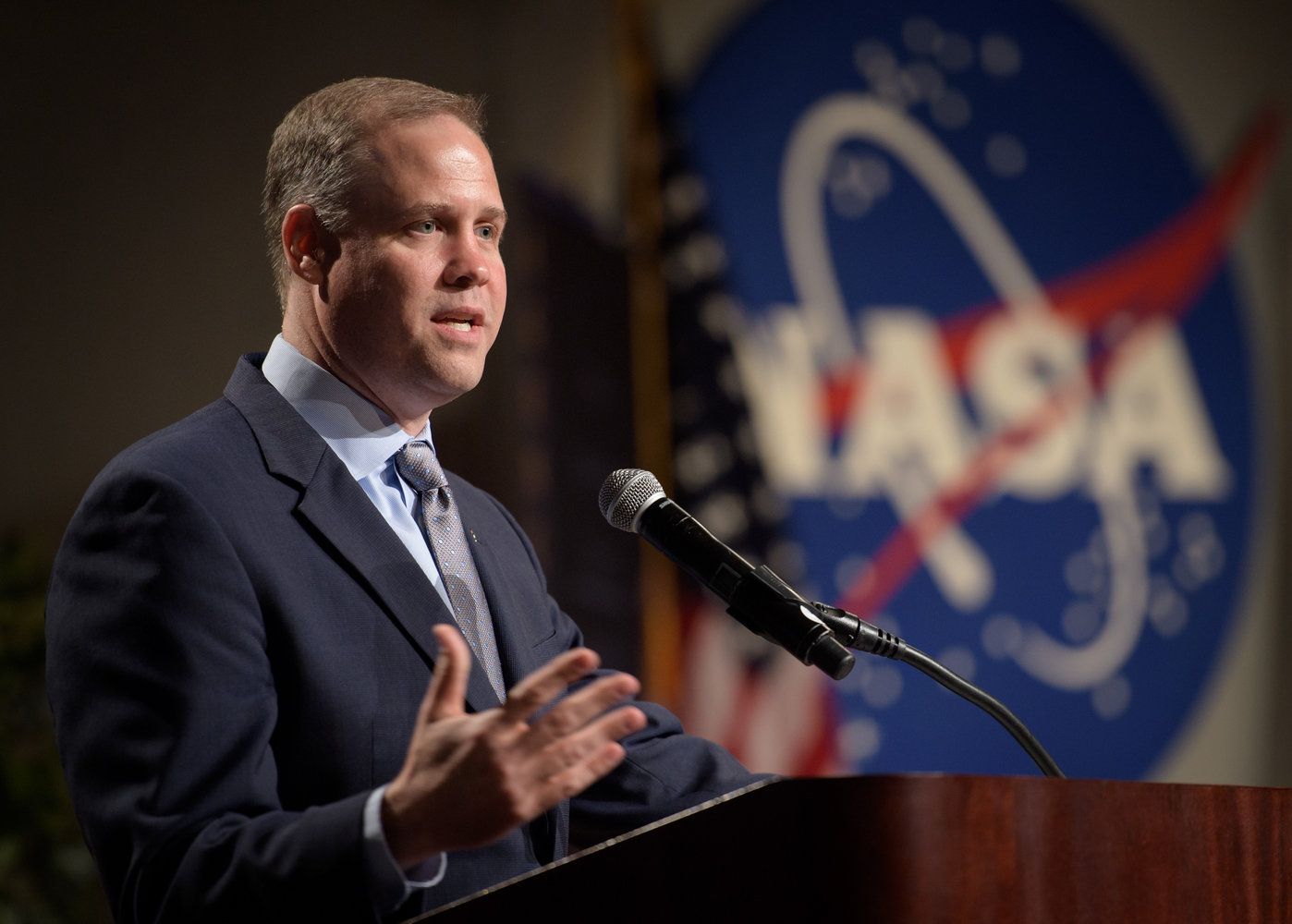Yellowstone Caldera Chronicles is a weekly column written by scientists and collaborators of the Yellowstone Volcano Observatory. This week’s contribution is from Michael Poland, geophysicist with the U.S. Geological Survey and Scientist-in-Charge of the Yellowstone Volcano Observatory.
Norris Geyser Basin is one of the most dynamic geyser basins in Yellowstone National Park. It frequently experiences “disturbances” when thermal activity waxes and wanes and water chemistry changes over the course of a season.
Earthquake swarms are common nearby, and the surface moves up and down with some regularity. This dynamic behavior was emphasized by the 2003 disturbance, which was associated with an increase in ground and water temperatures, the formation of new springs, mudpots, and geysers, an uptick in overall geyser activity, and an expansion of areas of heated ground.








